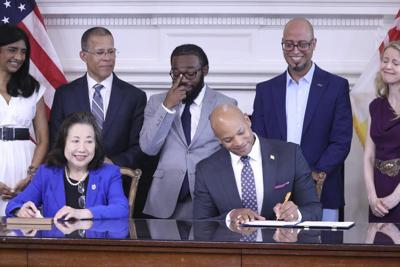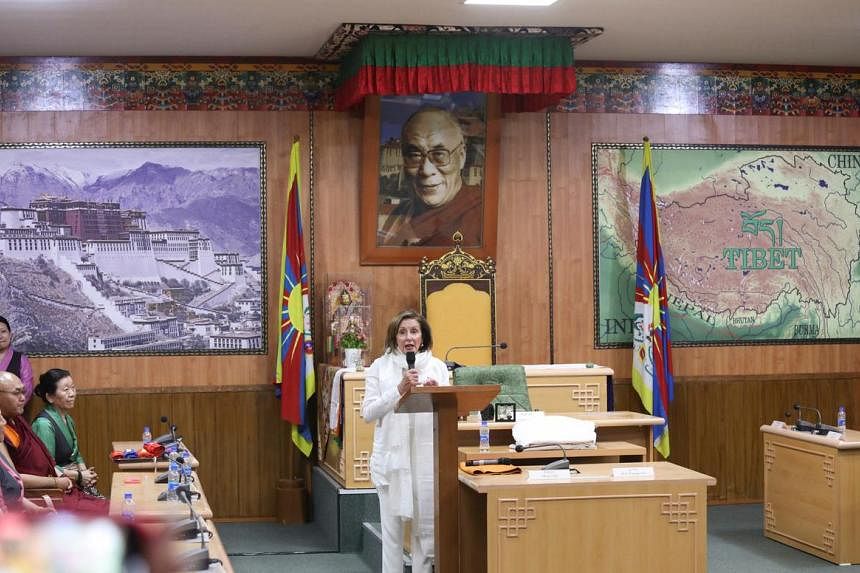
OK, the big question: Should our country – USA! USA! – return to a place of godliness?
Suddenly the nation’s stewpot of controversy started boiling over, thanks to Supreme Court Justice Samuel Alito being secretly recorded agreeing with a fake conservative at the Supreme Court Historical Society dinner last week.
The fake conservative – progressive filmmaker Lauren Windsor – managed to snag (and record) a conversation with Alito at the event, in which she lamented she could see no way a conservative Christian could make peace with liberals and their focus ought to be on “winning the moral argument.” They had to “keep fighting” and, ka-wham, “return our country to a place of godliness.”
Alito agreed with her, acknowledging that
“one side or the other is going to win. I don’t know. I mean, there can be a way of working — a way of living together peacefully, but it’s difficult, you know, because there are differences on fundamental things that really can’t be compromised. They really can’t be compromised. So it’s not like you are going to split the difference.”
Let’s take a moment, shall we, and step beyond the clichés and paradoxes mixed into the controversy – in particular, the ones that purport to make America great. Perhaps the nation’s primary paradox is “the separation of church and state,” which is both totally sane and necessary and a potentially raw, insulting wound to believers in a loving God.
It’s sane and necessary because North America’s primary religion – the one that claimed European dominion over the land’s indigenous peoples – had gotten seriously corrupted by power over the centuries, with Jesus morphing from “the good shepherd” to the sword-wielding leader of Imperial Christianity, engaged in an ongoing war against infidels and critics.
At the same time, allegedly pushing religion out of the realm of government raises a question even I have to struggle with. If religion . . . if God. . . is the source of our deepest values, doesn’t separation of church and state push those values out of the governmental process as well? From where does a “separated” nation draw its values? Do the true believers actually have a valid point to make?
Well, yes and no.
What I fear at the deepest level of my being is the separation of values and state. This happens, for God’s sake, with or without a separation of church and state.
As I wrote several years ago:
“. . . government goes about its business — wages war, maintains a nuclear arsenal, entertains the American public with air and water shows — free of all unelected interference . . . except, uh, financial interference, which is always appropriate and always welcome.
“In other words, separation of church and state is small potatoes and hardly comes close to addressing the real issues of the day. Church and state, not to mention corporate wealth, are far too full of themselves and they all need to be contained by values that are immune to the corruption of power.”
Power, you might say, turns values into ego: religious ego, state ego. I don’t think it matters much whether it’s one or the other. Should our country return to a place of godliness? Not if the god in question is wielding a sword, or has his finger on the nuclear button.
What I fear isn’t religious belief but religious certainty – at the same level that I fear national certainty, if that certainty dismisses and dehumanizes its proclaimed enemy. Absolute certainty closes not just the mind but the heart.
“Having truth by the beard,” writes Regina Schwartz,
“ultimately harbors the danger of incivility toward those who don’t see the truth as we do — the axis of evil, the infidels. This is why a strong secularism must give institutional expression to the ethos that all are welcome in the search for the best beliefs about how to live together. . . .
“It is because that Truth of how best to live together is a mystery, not fully graspable, knowable, manipulable, after all, that we need to approach the dialogue with the other with full respect — to listen, learn, and evaluate.”
We face the unknown – we face the unknowable. This is our fate. Acknowledging this and groping for collective understanding is how we evolve. Closing off the unknown with a sese of absolute certainty is how we shut ourselves down.
“Consider,” as I wrote last year,
“the civil rights movement, which was empowered by a large religious base but was in no way limited to that base. The value it advanced — trans-racial oneness, full human equality — was a value emerging in the moment, in defiance of a settled, one might say religious, status quo, which had set strict rules about who mattered and who didn’t. The movement expanded our collective awareness. By embracing it, we evolved.”
Perhaps what matters is not whether we as a nation – as a world – “return” to godliness but, rather, that we continue discovering it.












